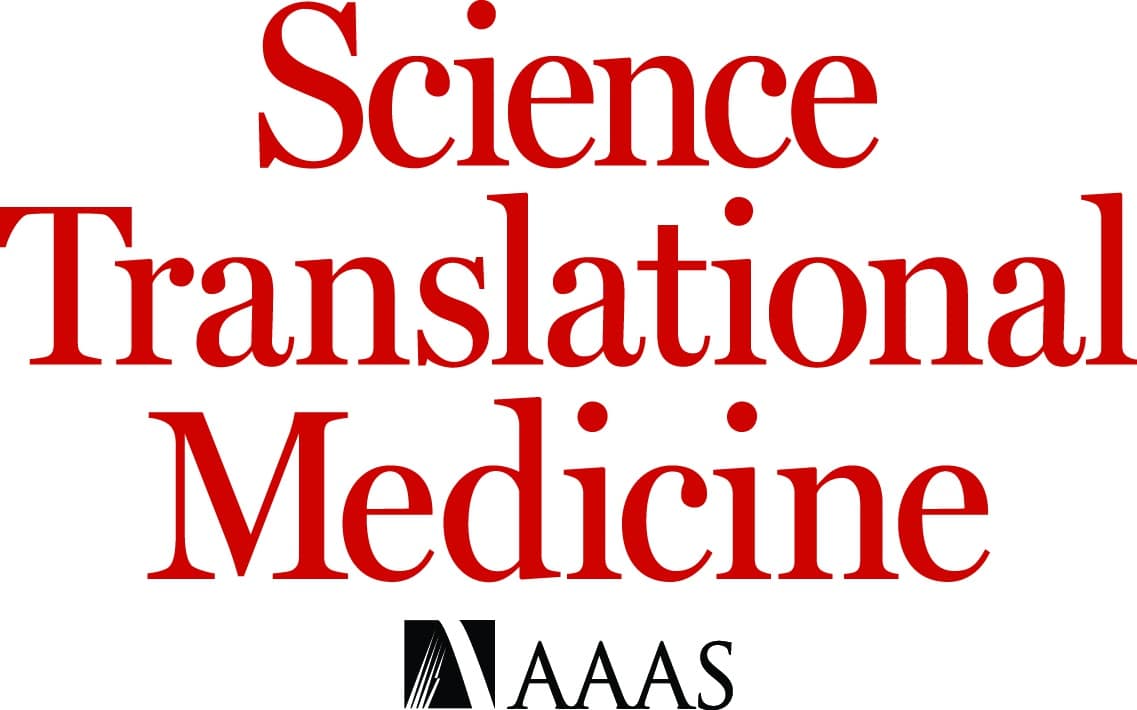Science: LY-CoV555, a Rapidly Isolated Potent Neutralizing Antibody, Provides Protection in a Non-Human Primate Model of SARS-CoV-2 Infection

Bryan E. Jones, Patricia L. Brown-Augsburger, Kizzmekia S. Corbett, Kathryn Westendorf, Julian Davies, Thomas P. Cujec, Christopher M. Wiethoff, Jamie L. Blackbourne, Beverly A. Heinz, Denisa Foster, Richard E. Higgs, Deepa Balasubramaniam, Lingshu Wang, Roza Bidshahri, Lucas Kraft, Yuri Hwang, Stefanie Žentelis, Kevin R. Jepson, Rodrigo Goya, Maia A. Smith, David W. Collins, Samuel J. Hinshaw, Sean A. Tycho, Davide Pellacani, Ping Xiang, Krithika Muthuraman, Solmaz Sobhanifar, Marissa H. Piper, Franz J. Triana, Jorg Hendle, Anna Pustilnik, Andrew C. Adams, Shawn J. Berens, Ralph S. Baric, David R. Martinez, Robert W. Cross, Thomas W. Geisbert, Viktoriya Borisevich, Olubukola Abiona, Hayley M. Belli, Maren de Vries, Adil Mohamed, Meike Dittmann, Marie Samanovic, Mark J. Mulligan, Jory A. Goldsmith, Ching-Lin Hsieh, Nicole V. Johnson, Daniel Wrapp, Jason S. McLellan, Bryan C. Barnhart, Barney S. Graham, John R. Mascola, Carl L. Hansen, Ester Falconer
Overview
Severe acute respiratory syndrome coronavirus-2 (SARS-CoV-2) poses a public health threat for which preventive and therapeutic agents are urgently needed. Neutralizing antibodies are a key class of therapeutics which may bridge widespread vaccination campaigns and offer a treatment solution in populations less responsive to vaccination. Herein, we report that high-throughput microfluidic screening of antigen-specific B-cells led to the identification of LY-CoV555 (also known as bamlanivimab), a potent anti-spike neutralizing antibody from a hospitalized, convalescent patient with coronavirus disease 2019 (COVID-19). Biochemical, structural, and functional characterization of LY-CoV555 revealed high-affinity binding to the receptor-binding domain, angiotensin converting enzyme 2 binding inhibition, and potent neutralizing activity. A pharmacokinetic study of LY-CoV555 conducted in cynomolgus monkeys demonstrated a mean half-life of 13 days, and clearance of 0.22 mL/hr/kg, consistent with a typical human therapeutic antibody. In a rhesus macaque challenge model, prophylactic doses as low as 2.5 mg/kg reduced viral replication in the upper and lower respiratory tract in samples collected through study Day 6 following viral inoculation. This antibody has entered clinical testing and is being evaluated across a spectrum of COVID-19 indications, including prevention and treatment.
Introduction
The global COVID-19 pandemic continues to spread rapidly with substantial health, economic, and societal impact. Severe acute respiratory syndrome coronavirus-2 (SARSCoV-2), the coronavirus responsible for coronavirus disease 2019 (COVID-19), can induce acute respiratory distress syndrome and a wide spectrum of symptoms leading to substantial morbidity and mortality. Neutralizing antibodies represent an important class of therapeutics that could provide immediate benefit in treatment or as passive prophylaxis until vaccines are widely available. Passive prophylaxis could be an alternative to vaccination in populations where vaccines have been found to be less efficacious. The capabilities required to rapidly identify, test, and ultimately manufacture antibodies have been established, which provide a path to make the most of individuals who have been infected in the early stages of a pandemic as a source of neutralizing antibodies that could be deployed rapidly for prevention and treatment of viral infection.
Read the Paper
